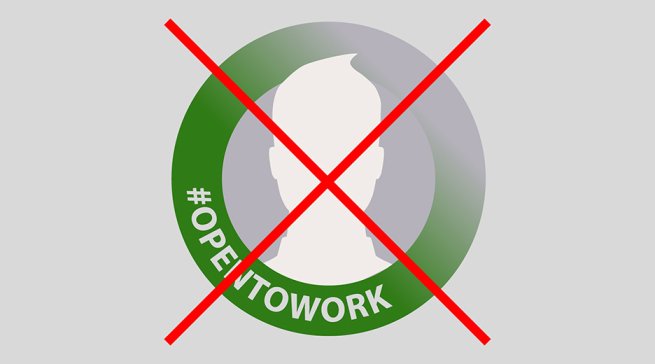
Client Journey: Missing Payroll — the Final Breach
Missing payroll is one of the clearest signs that a business is in financial difficulty. Read here all about the connection between payroll and liquidity difficulties.

Missing payroll is one of the clearest signs that a business is in financial difficulty. Read here all about the connection between payroll and liquidity difficulties.

The failure of big projects can be devastating to small businesses. Here we set out how small businesses can better manage project failure to survive and thrive in the long-term.

The younger generation are more reluctant to take over the family business. Why is this, and what can family businesses do about it?

Overloaded small business owners often struggle to say ‘no’, even though this is crucial to the strategic direction of the business. We discuss how this is relevant for business turnarounds

As a small business owner, what should you do when your cash — as well as your own energy — is starting to run out? Here we offer some practical suggestions.

Some businesses in Australia are more likely to struggle than others, not because of how they are run, but due to their industry. Here we offer some practical tips on how to nevertheless thrive in these sectors.
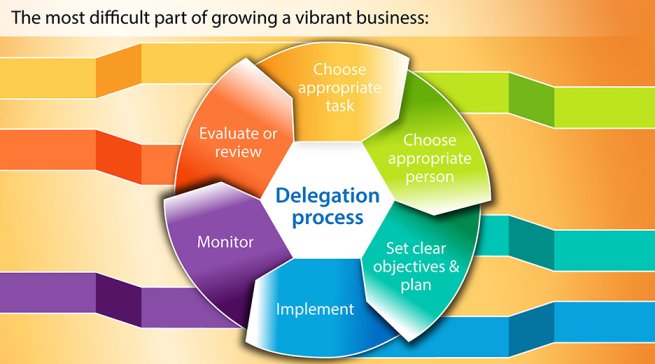
Most growing business will run into some challenges relating the growth. Here we take a deep dive into these business ‘growing pains’ and look at what small business owners can do to get through them. In article: The challenge of…
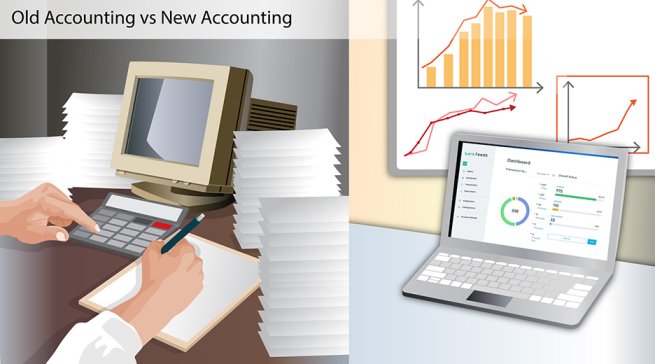
Sound bookkeeping and accounting practices are crucial to the success of a business, but too often are neglected by small business owners. The company’s financial records are the ultimate scorecard for any business. Why is accurate financial information so important?…
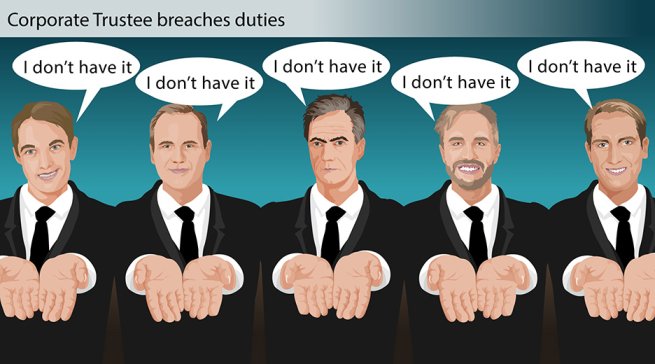
In a trust, a trustee has strict obligations to beneficiaries. These are either set out in the trust deed, or apply via operation of law. Where a trustee does not act in accordance with those obligations there is a ‘breach of trust’. Here we take a deep dive into the concept of a breach of trust, and examine some recent case law.
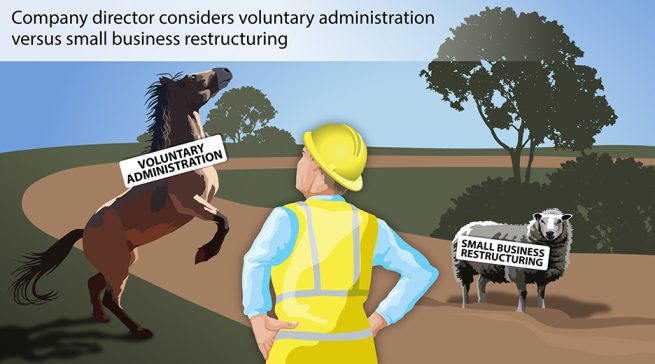
Corporate insolvency in Australia underwent a seismic shift in 2021 with the introduction of the Small Business Restructuring Process under Part 5.3B of the Corporations Act 2001 (Cth). This process is referred to under the Act, and generally known simply…
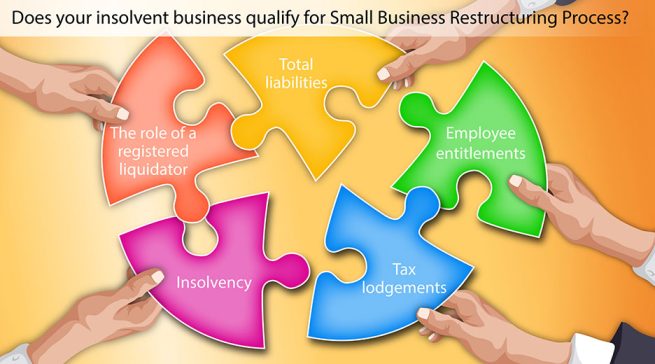
2021 introduced sweeping changes to Australia’s corporate insolvency laws with the introduction of the Small Business Restructuring Process (SBRP) under Part 5.3B of the Corporations Act. This innovative restructuring process aims to give struggling small businesses a lifeline by enabling them to restructure their debts and bounce back more resiliently whilst leaving directors in control of their own business. This blog post explores the key hurdles to qualification for restructuring under the SBRP.

The introduction of the Small Business Restructuring Process in the Corporations Act has marked a significant shift in Australia’s approach towards company restructuring. Essentially, it moves towards a debtor-in-possession model, a concept that might appear foreign within the traditional creditor-in-possession system of Australia. Understanding why this change has occurred and its implications is critical for businesses navigating restructuring scenarios.